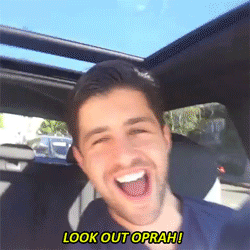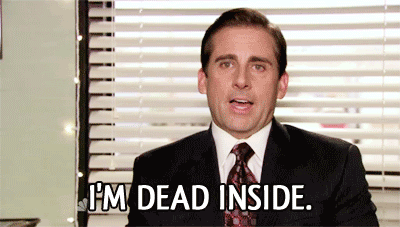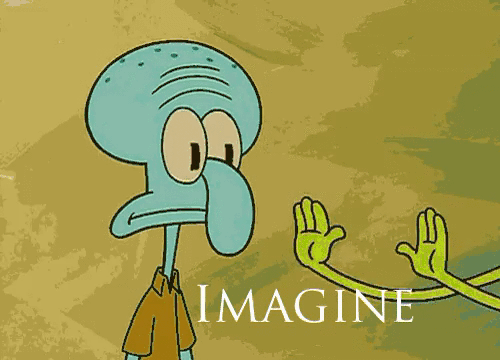Let’s take it back to 2015. Ben Affleck and Jennifer Garner split, Inside Out came out, Caitlyn Jenner was introduced to society, and Vine was at its peak. The social media app started back in 2013, allowing for people to create 6-second videos and share them with its massive platform. It really was the perfect app! The videos gave you snapshots into people’s lives, one laugh at a time. And the format made it easy to lose hours at a time scrolling through content.
Nostalgia aside, the idea was brilliant. Like tweets in video form, Vine allowed regular people to showcase their talent—and be praised for it. It circumvented the traditional ways to fame. And that is precisely where my obsession came from. I loved the idea that people I knew could become “social media famous” simply by filming an aptly-timed joke. It was relevant, funny, and ranged all different races, ages, and pop culture references.
But what about the people themselves? That’s where I came in. Everyone (read: 16-year-old girls) knew the names of popular Viners but knew next to nothing about what they were like outside of their videos. Who were they dating? Where were they from? Were they friends in real life like they were on Vine?
I had the idea to interview these
people and create a collection of short stories, so to speak. I wanted to know
about their home lives, their school lives, and everything in between. What did
they hope to do with their social media fame? Where did their ideas come from?
So, I gathered 200 of my closest Viners and pestered them every few weeks until
I got some responses.
While I didn’t get the reaction I
had hoped for—such as flying out to L.A. and meeting them in person and
becoming best friends with them all—I was thrilled. To me, it was like talking
to celebrities.
I corresponded with agents and managers, sounding like the naïve baby writer that I was. But still I persisted. At the end of it all, I had 6 interviews, 1 transcript, a two-hour long conversation with one of the OG Viners I looked up to, and an email from my favorite Viner's brother saying he’d like to work with me. It was going my way. The downside was that transcribing the interviews was a NIGHTMARE. For an hour interview it would take me three hours to write, and that was without editing.
From there, I had to edit the content, and shape it into something people would be able to read—which boiled down to one or two pages. And I wasn’t satisfied with it. What would get anyone other than those 16-year-old girls to read what amounted to an interview about someone they didn’t know? There was no hook, no real depth—other than the guy that used Vine to pay for his college tuition!
What would get someone’s grandmother to pick up this book and read it, someone who knew nothing of Vine and how it changed our way of consumption?
With that realization, I lost my drive to pursue it. Well, that and the fact that I hated transcribing (which, ironically, I had to do my junior year of college). So, the Vine novel fell to the wayside, much to the chagrin of my mother. She was convinced this would be my ticket into the world of writing. And, honestly, so was I. But I didn’t know where to go.
Then came the fall of Vine in
January 2017. The urgency to act took over, and I resurrected my idea. But I
had nothing to offer these people who were struggling to stay relevant in a
world where their content wasn’t easily accessible. What could I do to entice
these people to talk to a no-name writer from South Florida with only two
self-published novels and three school-published short stories under her belt?
Fast forward to August 2017.
I was sitting in a restaurant with
my parents, discussing—again—how my mother wished I’d pursue this Vine book,
and about my applications to TV writing programs in L.A. And that’s when my dad
turned to me and said, “Why don’t you make it a TV show.”
I was dumbfounded.
In that instant, everything
clicked into place. My mind started turning, and I was already afloat on the
idea of a show, of gathering the Viners and telling their stories.
In the weeks following, I shaped
my characters, the stories I wanted to tell, and thus, the script of The Vine
Yard was born. I hope to tell the stories I heard from those I’ve interviewed,
as well as the incredible moments that have happened in my life along the way.
This is The Vine Yard.





